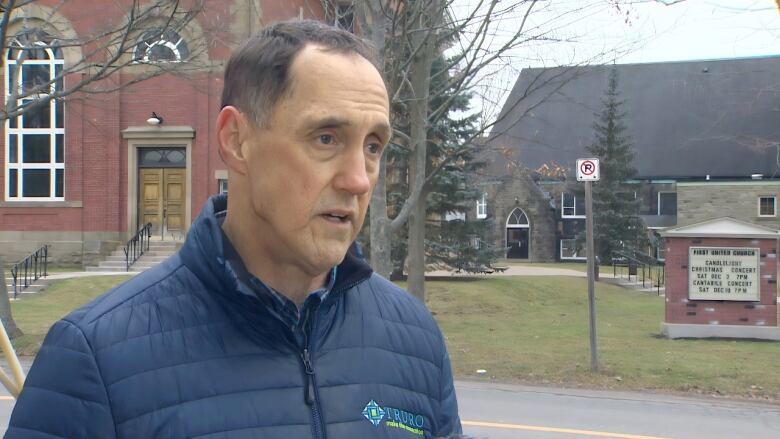Mi'kmaw youth learn traditional hunting skills through deer hunt in Nova Scotia
39 deer were harvested across Truro and Millbrook First Nation

The latest nuisance deer hunt in Truro, N.S., saw hundreds of pounds of meat shared with people in need, and offered a learning opportunity for youth in the neighbouring Mi'kmaw community.
The town's second hunt saw a total of 39 animals harvested around Truro and Millbrook First Nation through November and December, including 14 caught at the Mi'kmaw community's site.
Gerald Gloade, consultation manager with Millbrook, said the Town of Truro approached them with the idea of having them run their own site.
"It was conducted safely and ethically and we were able to put about 700 pounds of … free lean meat on people's tables," Gloade said.
"I know some of the folks, they really appreciated it."

The Millbrook meat was shared mostly with elders and those on social assistance, Gloade said, while Truro's meat was donated to Feed Nova Scotia.
Young people from the area were also brought out to the site to learn from the hunters, Gloade said, and were "ecstatic" to take part. Gloade said the hunters often left behind offerings of sacred tobacco after killing a deer, and the youth were taught how to field dress a deer — taking out the animal's internal organs immediately after death — remove its hide and butcher it.
The project has also given the First Nation some inspiration around how treaty harvesting rights and food security can overlap, Gloade said, which is timely as they work on a food strategy for Millbrook.

"As soon as we did this, we had like a bunch of elders reach out to us and say, 'Hey, it would be great if you get me some rabbit,'" Gloade said with a laugh.
"I think it was like a really good learning experience for everyone."
Millbrook crafters also used all the deer hides to make moccasins and drums, while researchers from the provincial Department of Natural Resources and Renewables and Dalhousie University are studying the entrails and heads for diseases or traces of COVID-19.
Truro chief administrative officer Michael Dolter said besides controlling the deer population, one of their main objectives with the hunt is to benefit the community "as much as we can."

There were eight sites used for the town's second managed hunt, which brought in nearly double the deer harvested in the first hunt last February, when 14 were caught. Hunters at all sites used crossbows or compound bows.
The town worked for years to find a solution to deal with a deer population they said has become unmanageable. In October 2020, 53 per cent of residents voted in favour of a controlled hunt in a plebiscite.
Dolter said while they don't have an exact count of how many deer they're dealing with, pellet counts and roadside studies put it in the hundreds. He said their research shows they have up to six deer per square kilometre, compared to three per square kilometre as a provincial average.
"We've had a lot of vehicle accidents involving deer. We've had a lot of landscaping vegetation issues and we've had aggressive deer that have been in people's yards … so we're trying to deal with that," Dolter said.

Truro's next hunt is tentatively being planned for October.
People in Yarmouth have been watching the Truro hunt closely as they deal with the same issue.
A new working group is gathering research on best practices across North America to eventually come up with their own deer management strategy.
Coun. Gil Dares, the group's chairperson, said while Truro's approach is on the table, they have also found evidence from another community that had a similar harvest for 17 years — but the population hasn't diminished.
Communities across North America are debating how to deal with urban wildlife, Dares said.
"This is an issue that has strong opinions on both sides and I'm just not sure how it's going to work out in the end."
Dares said they will soon roll out a public survey to get residents' thoughts on what is best for Yarmouth, and plan to conduct their own research to get hard numbers on their own deer population.

